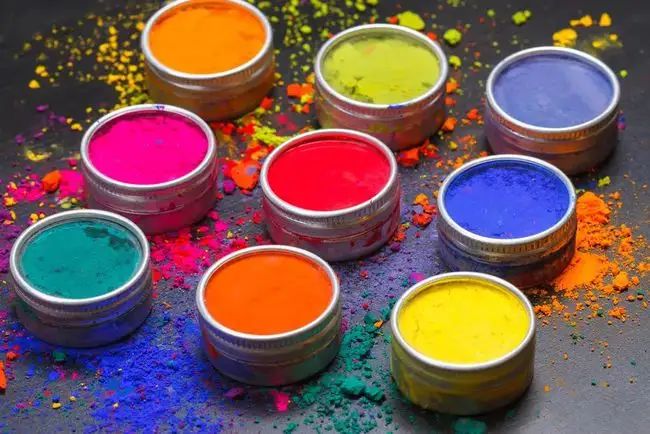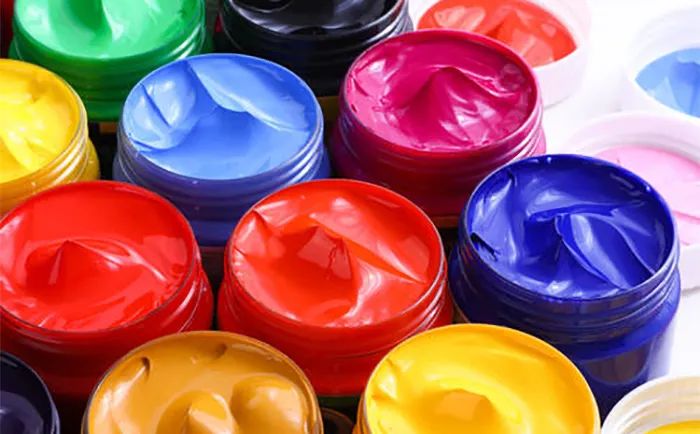There are many types of molecular structures of disperse dyes, but azo and anthraquinone are the main ones, with the former accounting for about 60% and the latter accounting for about 25%. The rest are Benzimidazole type, nitrodiphenylamine type, styrene type, etc. Disperse dyes can be divided into three types: E, S and SE based on their leveling properties and sublimation fastness.
Type E – suitable for low-temperature dyeing, with good level dyeing properties but poor heat resistance. It is especially suitable for dyeing fabrics that have been subjected to high-temperature setting treatment.
S type – suitable for high-temperature hot-melt dyeing, with high sublimation fastness.
SE type – performance is between E type and S type.

Application of disperse dyes
Mainly used in printing and dyeing of polyaldehyde fibers. The molecular structure of polyester fiber has a large number of ester groups and very few hydroxyl and carboxyl groups at the chain ends. Inside the polyester fiber, there are crystalline areas with neatly arranged molecules and relatively loose amorphous areas. Only the amorphous areas can be dyed. Due to the hydrophobicity of polyester fiber, the diffusion speed of the dye within the fiber must be increased during dyeing, and the dye cannot easily diffuse out after entering the fiber. Low-temperature disperse dyes therefore use bulking agents during dyeing to increase the penetration of the dye into the fiber, or use high-temperature dyeing.
There are three common methods for disperse dye dyeing: carrier method, high temperature and high pressure method and hot melt method.
(1) Carrier method The carrier acts as a solvent for the dye, expands the fiber and has affinity. Therefore, when dyeing, the carrier promotes the diffusion of disperse dye molecules to the fiber surface. The carrier molecules are small and can quickly penetrate into the fiber to further expand the fiber. Increases the rate at which dye is absorbed while dyeing. Commonly used carriers for polyester fiber dyeing (such as o-phenylphenol, etc.) are highly toxic compounds and are no longer used.

(2) High temperature and high pressure method This method is usually carried out in a closed container under the conditions of 120~140℃ and 0.294MP pressure. This method can only be operated intermittently. , high production efficiency, but more suitable for dyeing deep and dense colors, especially for dyeing yarns for yarn-dyed fabrics.
(3) Hot melt method: This method is to pad-dye in the dispersion liquid first, and then enter the hot-melt machine after a short period of infrared drying, and then dye it at about 200℃ Dyeing is carried out under conditions where the dye enters the fiber at the hot melt temperature. The hot melt method uses heat energy to swell the fiber to relax its molecular structure, increase the micro-gap, and sublime the dye with suitable size and particle shape to dye the fiber. The diffusion rate during dyeing is high, and polyester disperse dyes generally only take about one minute. The hot melt method has been widely used in the dyeing and printing of polyester fiber and ester-cotton blended fabrics. In production, dyeing can also be carried out continuously and heat setting can be carried out at the same time, resulting in high production efficiency. Therefore, disperse dye dyeing is mostly done by hot melt method.



 微信扫一扫打赏
微信扫一扫打赏
